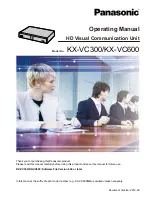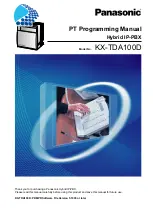
30
7. Assembly/Installation
a) Area of Use, General Instructions
• The area where the device is used must be protected from dampness/water. The operation
of the product is only permitted in dry internal areas.
• A 230 V network plug must be present at the site of use. The "FS20 ZPS" is supplied with
power from here via a plug-in network power supply which provides 9-15 V DC at a maximum
load of 100 mA to the "FS20 ZPS".
For safety reasons the network adapter may only have a maximum outlet load
of 15VA!
• The connection of the "FS20 ZPS" to the operating power supply is carried out via a NS barrel
socket with the positive on the inner lead (see technical data).
• The place where the "FS20 ZPS" is to be mounted and should be selected so that it is
accessible without any danger and so that the 3m long sensor cables can be attached to the
measurement points safely and without any mechanical stress.
b) Installation
• Mount the "FS20 ZPS" at the use location so that it cannot fall down or fall over. Use double-
sided mounting adhesive tape or cable ties to attach it.
• Then insert the round end of the network supply plug into the power supply socket in the
"FS20 ZPS" and connect the network supply plug into the electrical (wall) socket.
• The lighting of the green operation control LED "ON" signals that the "FS20 ZPS" is ready
for operation. At the same time the display shows the name of the device for approx. 4
seconds.
• Now the "FS20 ZPS" requires the current date and time to be set when it is first put into
operation.
This is carried out with the "OK/Menü" button (jump to next input step) and the rotary encoder
(setting the input step) as described in the chapter "Operation -> "Device Settings Menu
-> Time/Date".
• After the input is made, the display shows the temperatures measured by the outflow and
return sensors as well as the current weekday and the time.
















































